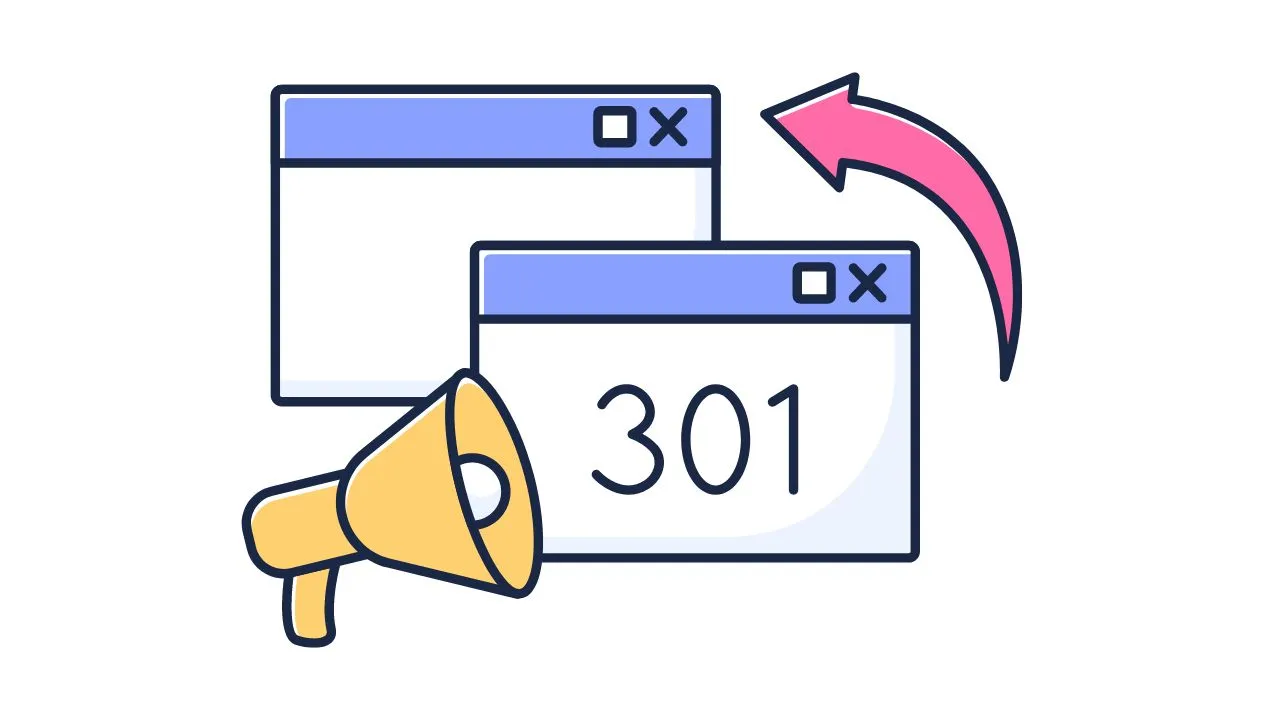
Table of Contents
In the realm of SEO and website management, a 301 redirect is a crucial tool that webmasters use to maintain the integrity and effectiveness of their site. Understanding what a 301 redirect is and when to use one can significantly impact your website’s search engine rankings and user experience. In this article, we will explore what a 301 redirect is, how it works, and the scenarios in which you should implement it.
What is a 301 Redirect?
1. Definition:
- A 301 redirect is a permanent redirect from one URL to another. It tells search engines and browsers that a page has been moved permanently to a new location.
2. How It Works:
- When a user or search engine bot requests a URL that has a 301 redirect, they are automatically redirected to the new URL. The server responds with a status code of 301, indicating that the page has moved permanently.
3. Impact on SEO:
- A 301 redirect passes approximately 90-99% of the original page's link equity (ranking power) to the new URL. This helps to preserve the search engine rankings of the original page.
When Should You Use a 301 Redirect?
1. Moving to a New Domain:
- When you rebrand or change your domain name, using 301 redirects ensures that traffic and search engine rankings from your old domain are transferred to your new domain.
2. Changing URLs for SEO:
- If you are optimizing your site’s structure and changing URLs to be more SEO-friendly, 301 redirects help maintain the rankings and authority of the old URLs.
3. Merging or Deleting Pages:
- When you combine multiple pages into one or delete outdated content, a 301 redirect ensures that any links pointing to the old pages are redirected to the most relevant new page.
4. Fixing Broken Links:
- Redirecting broken links to relevant, live pages improves user experience and helps retain the SEO value of the original content.
5. Redirecting HTTP to HTTPS:
- When you switch your site from HTTP to HTTPS for better security, 301 redirects ensure that users and search engines are directed to the secure version of your site.
How to Implement a 301 Redirect
1. Using .htaccess File (Apache Server):
For websites hosted on Apache servers, you can add 301 redirects by editing the .htaccess file.
Example:
Redirect 301 /old-page.html http://www.example.com/new-page.html2. Using Server Configurations (Nginx):
For websites hosted on Nginx servers, you can add 301 redirects in the server configuration file.
Example:
rewrite ^/old-page.html$ http://www.example.com/new-page.html permanent;3. Using CMS Plugins:
- Many content management systems (CMS) like WordPress offer plugins to easily manage 301 redirects without needing to edit server files manually. Plugins like Redirection and Yoast SEO are popular choices.
4. Using Google Search Console:
- You can notify Google about changes in your URLs by using the Change of Address tool in Google Search Console. This helps Google understand your site’s new structure.
Best Practices for 301 Redirects
1. Plan Your Redirects:
- Map out your old URLs and new URLs to ensure every redirect points to the most relevant new page.
2. Avoid Redirect Chains:
- Redirect chains (redirecting from URL A to URL B, then from URL B to URL C) can dilute link equity and slow down page load times. Aim for a direct path from the old URL to the new URL.
3. Monitor Your Redirects:
- Regularly check your redirects to ensure they are working correctly. Use tools like Google Analytics and Google Search Console to monitor traffic and detect any issues.
4. Update Internal Links:
- After implementing 301 redirects, update your internal links to point directly to the new URLs, minimizing the need for redirects.
Conclusion
301 redirects are an essential part of maintaining a healthy and SEO-friendly website. By understanding when and how to use them, you can ensure that your website retains its search engine rankings and provides a seamless user experience.
Whether you’re moving to a new domain, optimizing URLs, or fixing broken links, 301 redirects are your go-to solution for preserving your site’s integrity.
Keep Your Website SEO-Friendly with Expert 301 Redirect Implementation!
Ready to optimize your website with effective 301 redirects? At Softhat IT Solutions, we specialize in implementing SEO best practices to enhance your site’s performance. Contact us today to learn how we can help you maintain your search engine rankings and improve user experience.
